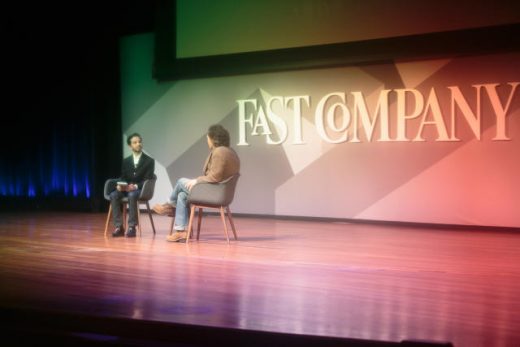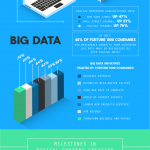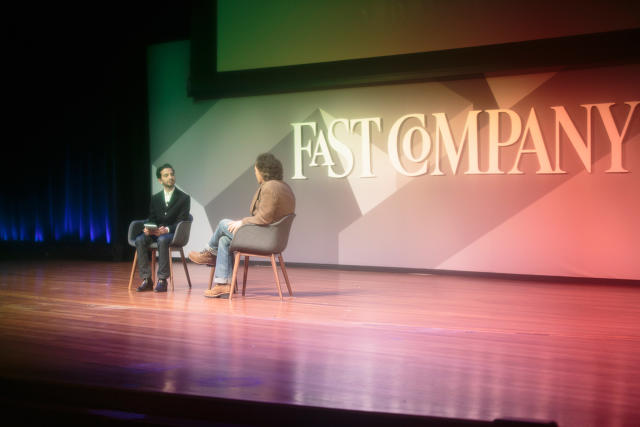Why Ralph Lauren’s Son Chose To Become The Brand’s First Chief Innovation Officer
After running the company that bears his name for close to five decades, Ralph Lauren announced last year that he would be stepping aside as CEO. Some were surprised that he did not tap his son, David, who was already the VP of marketing, advertising, and corporate communications. Instead, he hired Stefan Larsson, who has held top roles at Old Navy and H&M. David had something else up his sleeve: Last month, he became Ralph Lauren’s first ever chief innovation officer.
It’s a role that makes sense for him. He’s been a driving force behind many of the company’s tech-forward initiatives. Earlier this year, I wrote about his desire to incorporate technology into the U.S. Olympic uniforms, which eventually manifested in a flag bearer jacket that lit up during the opening ceremony. He’s also behind interactive window-shopping touch screens, smart polo shirts with biometric features, and holographic fashion shows.
As I chatted with David during the Fast Company Innovation Festival, he said that his passion for technology isn’t really about devices per se. “It wasn’t really gadgetry that appealed to me,” he said. “This company has always been about creating compelling stories that people want to feel part of. Technology allows us to do this in new ways. I see what we’re doing more as storytelling or even movie-making.”
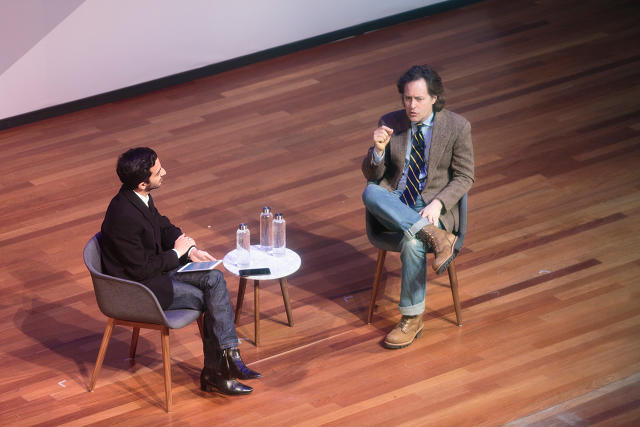
The theme of storytelling came up again when David spoke with Business of Fashion’s Imran Amed at the Festival’s Skirball Stage. Amed pointed out that Ralph Lauren was among the first fashion retailers to become a lifestyle brand. “My father wasn’t a fashion designer: He couldn’t draw or sew,” David said. “He was all about creating a lifestyle and a vision [the consumer] could connect with. He did this through the clothing, inside the stores, in advertisements.”
Ralph Lauren himself liked to develop archetypes, such as the now-famous American preppy sensibility he’s known for, but also other ideas, like the rugged country-Western hero or the woman on a safari. He would then create entire lines that would allow the consumer to inhabit that fantasy. “While some brands were known for their jackets or their bags, we were the first to do head-to-toe dressing,” David said.
In this new role, he sees his job as creating a context for the clothes the company sells: He wants to use technology to create an immersive world that consumers can step into.
Ralph Lauren designers often find inspiration from Hollywood as they create new garments, and on the tech side, David said that he sometimes looks to movies for creative new ideas. After watching the Steven Spielberg film Minority Report, for instance, David wanted to create large panels that would allow customers shopping in stores to tap a few buttons on a life-size screen to purchase products. His team went directly to Spielberg’s production studio. “They laughed at us,” he said. “They said that these are just special effects, not real life. But a few months later, our team managed to create these screens.”
The company has grown significantly over the last few decades. It now has more than 25,000 employees worldwide, but has recently had to retrench staff and close stores to cut costs. In the midst of such a large and sometimes unwieldy organization, it can be hard to think like a nimble tech startup. David explained that his main goal in his new role is to inject this kind of thinking throughout the organization. “We’re the Navy SEALS, we’re special ops,” he said. “Our role is to be a catalyst, to ignite ideas, to assess whether a new tech concept is cool or not. We’re a virus, of the good kind, that will infect the rest of the company.”
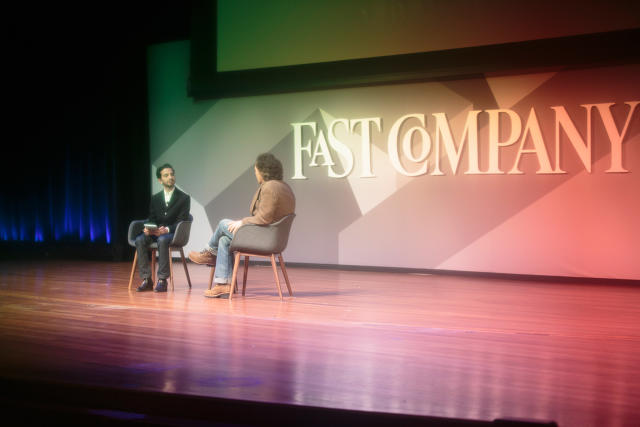
Since the brand has already been tinkering with various forms of technology, from wearables to in-store gadgets to interactive content on the website, he sees his new department as an opportunity to organize these diverse threads. He’s also planning to hire new people from various fields to bring new perspectives and creative energy to the organization. “We’re looking at musicians, artists, as well as the more obvious players in technology and fashion,” he said.
He’s also trying to create a culture where employees feel free to bring ideas to the table that might, at first, seem wacky or unconventional. David explains that, in the past, Ralph Lauren has found success trying out new ideas in a controlled manner. For instance, he describes how the company gave the digital team nine months to create the RalphLauren.com website, partly so that those building it would focus less on large strategies and more on quickly putting creative ideas into motion.
In addition to time limits like these, he’s successfully carried out projects on a small budget. He recalled that when Wired magazine reporters stopped by to check out the Minority Report-inspired touch screens, they assumed the company had spent millions of dollars on the project. “We only spent $20,000,” David said.
The key, David Lauren explained, is to be comfortable with failing from time to time. The fashion world knows this already. It happens every single season: Some new collections are going to be hits and some are going to be misses. “We make millions of products every day, so we know that not everything is going to work,” David said. “We’ve just got to fail fast and keep moving forward.”
Business of Fashion’s Imran Amed and David Lauren at the Fast Company Innovation Festival
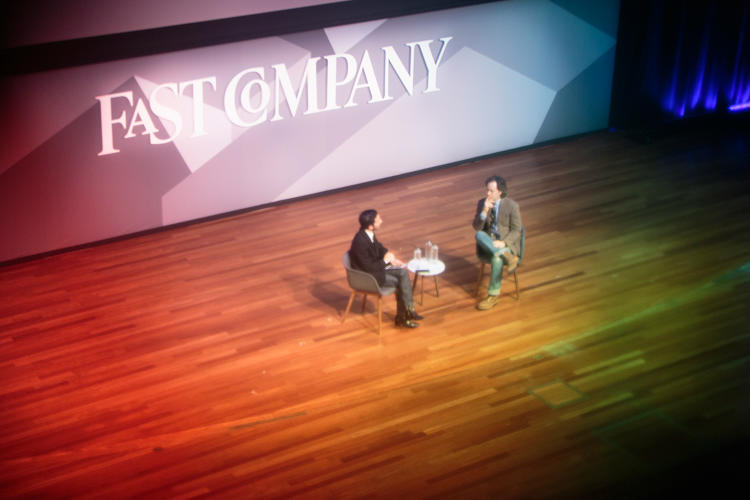
Amed and Lauren
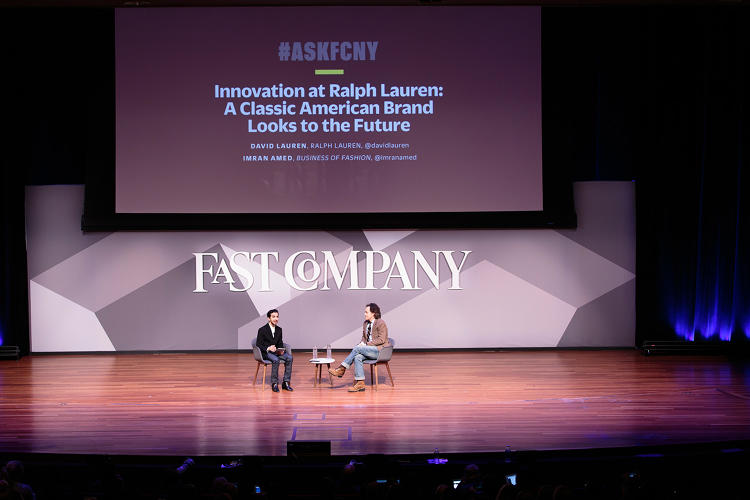
Amed and Lauren
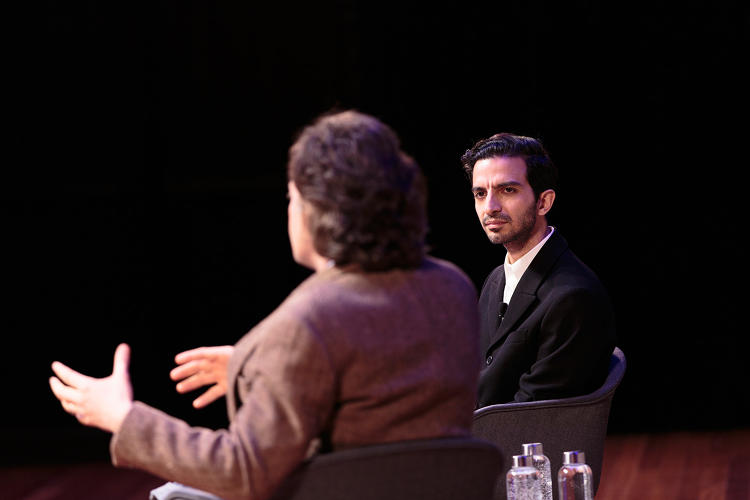
Lauren and Amed
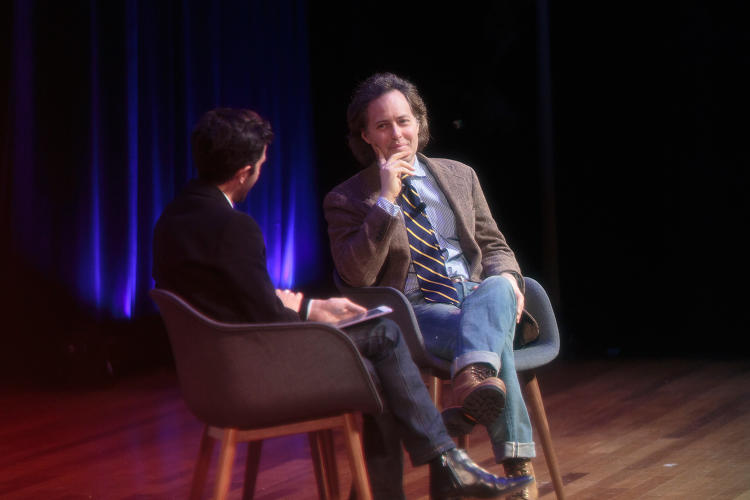
Fast Company , Read Full Story
(18)

